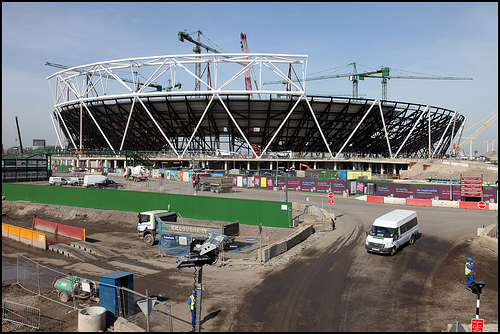What are the intersections between performance, architecture and construction? Tim Ingold and Elizabeth Hallam provide a useful orientation in the introduction to Creativity and Cultural Improvisation (2007: 3-4). Here they write:
A famous modern architect designs a building, the like of which the world has never seen before. He is celebrated for his creativity. Yet his design will get no further than the drawing board or portfolio until the builders step in to implement it. Building is not straightforward. It takes time, during which the world will not stop still: when the work is complete the building will stand in an environment that could not have been envisioned when it started. It takes materials, which have properties of their own and are not predisposed to fall into the shapes and configurations required of them, let alone stay in them indefinitely. And it takes people, who have to make the most of their own skill and experience in order to cajole the materials into doing what the architect wants. In order to accommodate the inflexible design to the realities of a fickle and inconstant world, builders have to improvise all the way. There is a kink, as Stewart Brand writes, between the world and the architect's idea of it: 'the idea is crystalline, the fact fluid' (Brand 1994: 2). Builders inhabit that kink.I've often heard it said that the backstage areas of theatres are like building sites, in that the sort of labour that goes on in both involves similar skills and practices, similar working conditions and dangers. Both sites of labour necessitate precise timing and scheduling, the meeting of deadlines and the skillful handling and processing of materials. Would it be productive to think further about the intersections between theatres and building sites or, more specifically, between the act of performance and the act of construction? It strikes me that approaching construction from the perspective of performance might shed light on why construction and building are so little considered or discussed in wider culture. Building sites are often treated as eyesores, simply necessary pains, rather than sites of becoming that are a central means through which we organize, arrange, mark and distribute the world in which we live. Perhaps the 'ontological queasiness' that Jonas Barish has identified as a part of what he dubs the 'anti-theatrical prejudice' might also influence our dominant views of construction and building.

No comments:
Post a Comment